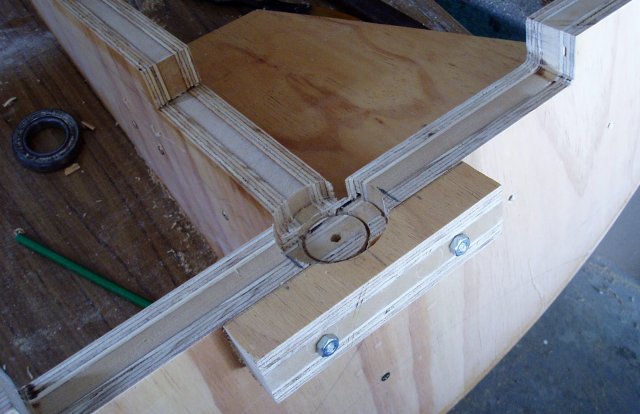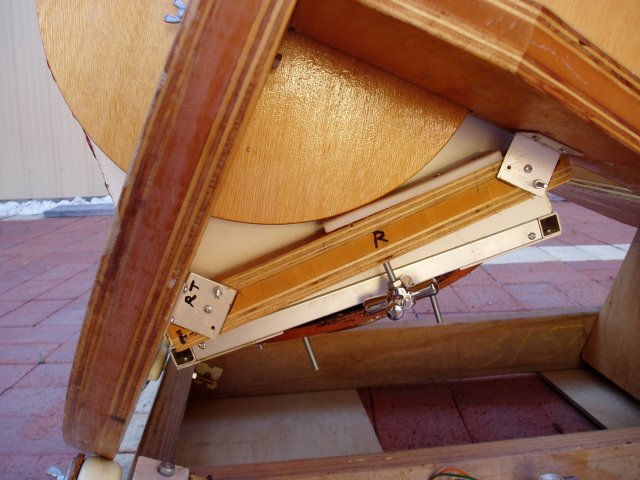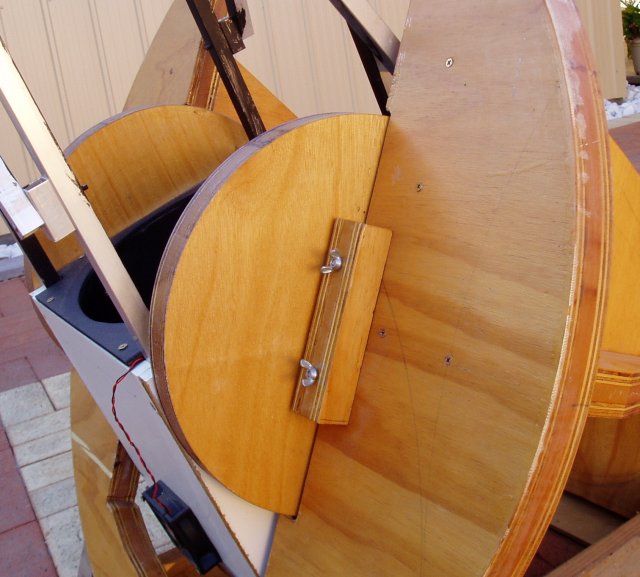| ALLEGRO GRADIENT EDITOR | A Program to use colourful themes with Allegro |
| SPACE FX | Planetary Animation Frame generator |
| SPACE FX TUTORIAL | A Brief tutorial covering basic parts of SPACE FX |
| ASTEROID (Windows) | Asteroid Finder - Windows (98...XP) version |
| ASTEROID (Linux) | Asteroid Finder - Linux (Fedora) version |
| TELESCOPE and MOUNTING | My 12.5 inch F5 Newtonian with a Split-Ring Mounting |
| TELEScoPIC - Digital Setting Circles | Digital DSC using a PIC 16F628 microcontroller |
| SAC8 CCD CAMERA | My Pictures taken with a Telephoto lens and the SAC8-II CCD Camera |
| SAC8 CCD CAMERA -Page 2 | My Pictures taken with the new Telescope Mounting |
| THE ORIGIN OF LIFE | Musing on the Origin of Life, the Universe and Everything... |












The Fine Print !
This HTML page and all contents, text,
graphics etc,
is the sole property of Anthony M. Hugo MIEAust CPeng, copyright
1999-2006. Permission is hereby granted to copy this material for
personal use
or educational use if the teacher isn't looking. Commercial use by
corporate
entities, colourful sporting identities and all you rich folks requires
specific permission from me. So there!
Credits
Copyright symbols, logos and abbreviations
are owned
by copyright owners, logo designers and abr. ppl. Whatever happens,
happens. But only sometimes!
I started life with nothing, and still have most of it left!
I always wondered whether anybody ever
reads the fine
print at the bottom of documents like this. My advise is to use an
electron
microscope. Cheers!